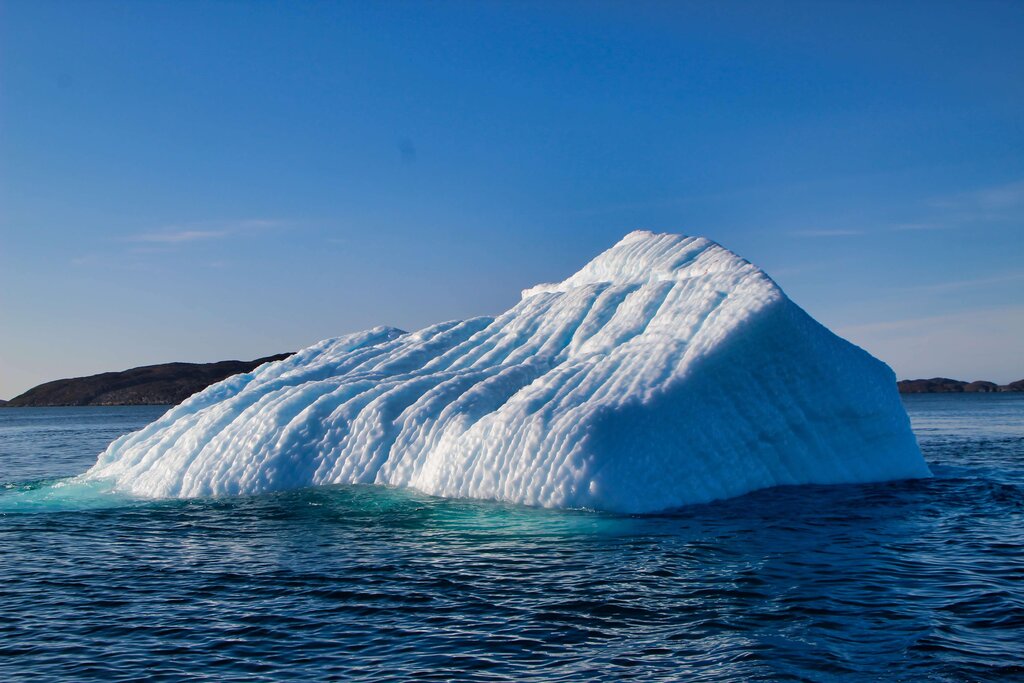A new evaluation on the global climate system finds both greenhouse gas concentrations and sea levels have hit record highs in 2020 despite reduced carbon emissions during the COVID-19 pandemic.
—
What is Happening?
- The US National Oceanic and Atmospheric Administration (NOAA) released its newest annual report, State of the Climate in 2020, evaluating the state of the global climate system. The study finds both greenhouse gas concentrations and global sea levels are at record highs in 2020.
- Compiled by more than 530 scientists from over 60 countries, the research says that despite an estimated 6-7% reduction of carbon emissions released into the atmosphere as a result of COVID-19 pandemic lockdowns and suspended travels, major greenhouse gases including CO2 have reached its highest concentration levels in 800,000 years.
- Global average sea level also rose to new historic levels, reaching at about 3.6 inches, due to melting glaciers and ice sheets, as well as warming ocean temperatures. The current rate of global sea level rise is at 1.2 inches per decade.
In the wake of the damning IPCC report claiming global temperatures will rise 1.5°C above pre-industrial levels by 2040, the case for urgent climate action is stronger than ever as NOAA reports greenhouse gas concentrations in 2020 have reached its highest level in 800,000 years.
“The major indicators of climate change continued to reflect trends consistent with a warming planet,” officials from NOAA’s National Centers for Environmental Information said in a statement. “Several markers such as sea level, ocean heat content, and permafrost once again broke records set just one year prior.”
Despite a reduced amount of carbon emissions across the globe due to travel restrictions and national lockdowns during the coronavirus pandemic, greenhouse gases, including carbon dioxide and methane, have accumulated in the atmosphere at a alarming speed. This is also evidenced by the year-over-year increase of CO2 levels tripling over the last 50 years.
Above-average temperatures were widespread across the globe in 2020, the report also finds. The Arctic in particular, experienced its highest average surface temperatures in 121 years. Consequently, alpine glaciers lost mass for the 33rd consecutive year, while permafrost temperatures hit record high numbers in both mountain and polar regions, most notably in Siberia, Russia. Older, thicker sea ice in the Arctic also continues to be replaced by younger, thinner ice.
Oceans have been heavily affected by the climate crisis as global average ocean heat content was also at record highs in 2020. Global sea surface temperature was the third highest on record, surpassed only by 2016 and 2019. This is particularly notable considering the fact that the development of La Niña, an atmospheric phenomenon that pushes more warm water toward Asia, was moderate in 2020.
Annual global mean sea level also set a new record for the ninth consecutive year, reaching up to 91.3 mm above the 1993 level. Other notable findings include oceans have absorbed a record amount of CO2 and Antarctica witnessed extreme heat and a record-long ozone hole.
Experts have predicted that extreme weather events such as floods and wildfires will be more frequent and intense. The US has already experienced that upward trend and saw a “record number of billion-dollar disasters in 2020”, including heat waves, hurricanes, tornado outbreaks, wildfires and hail storms. It shattered the previous annual record of 16 events that occurred in both 2011 and 2017, with losses totally up to $95 billion.
Featured image by: Leo Tujak


















